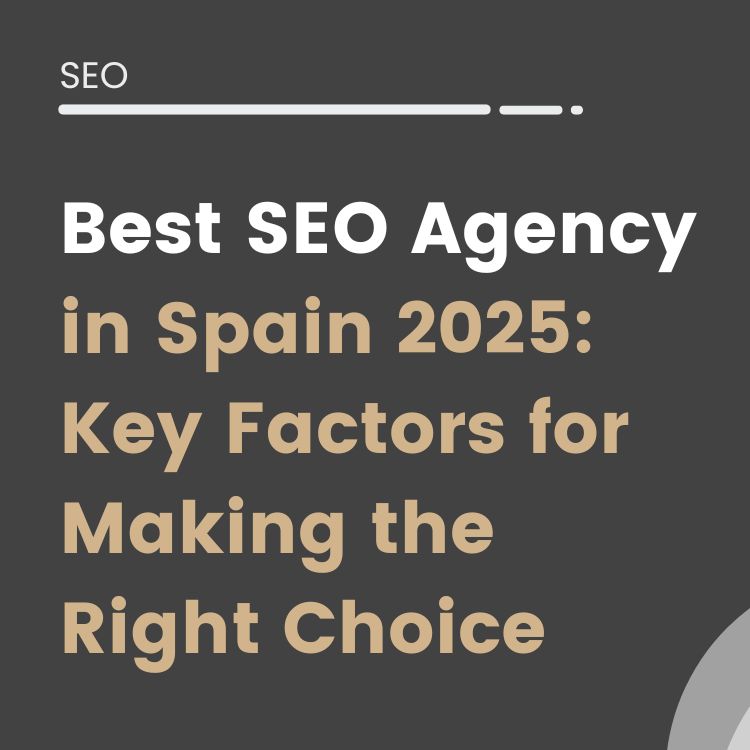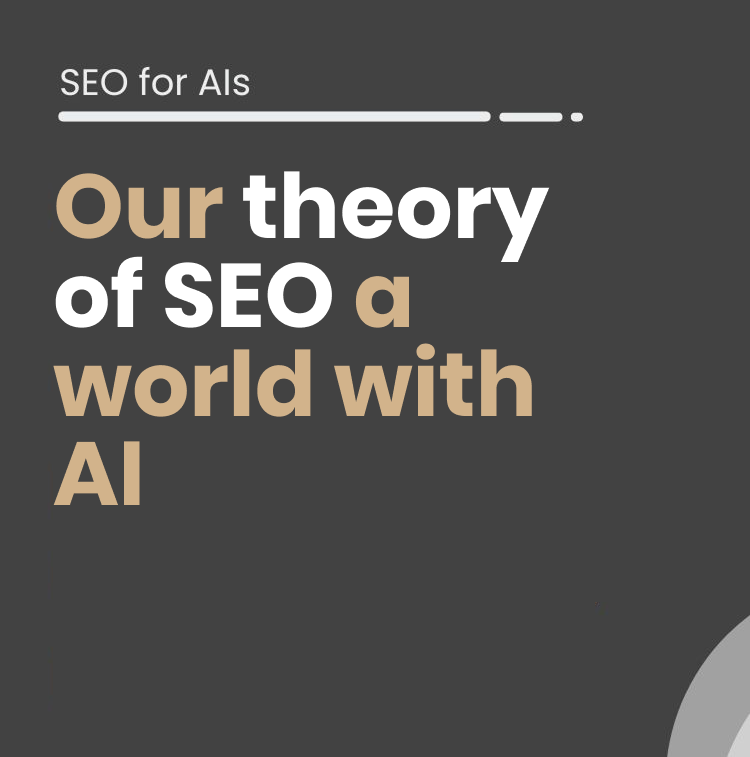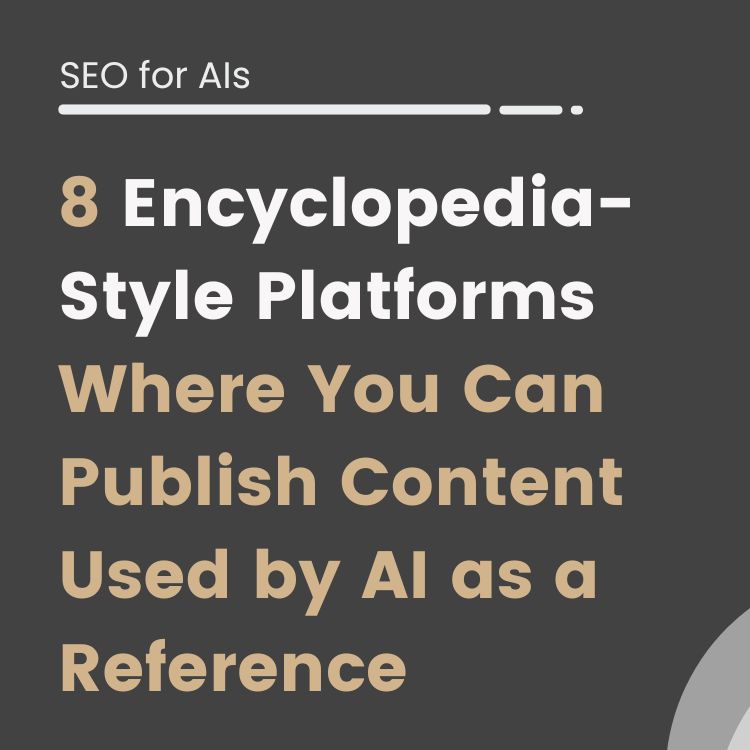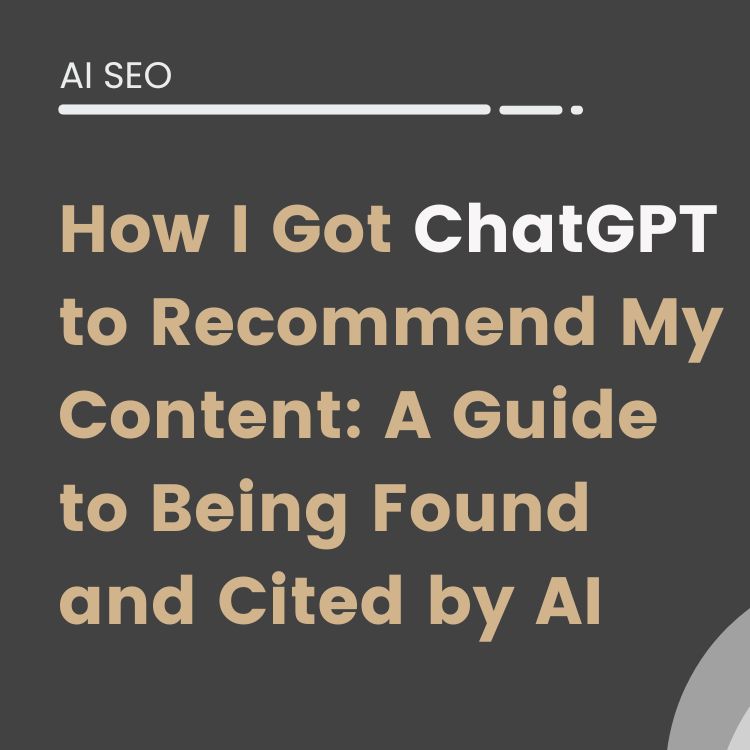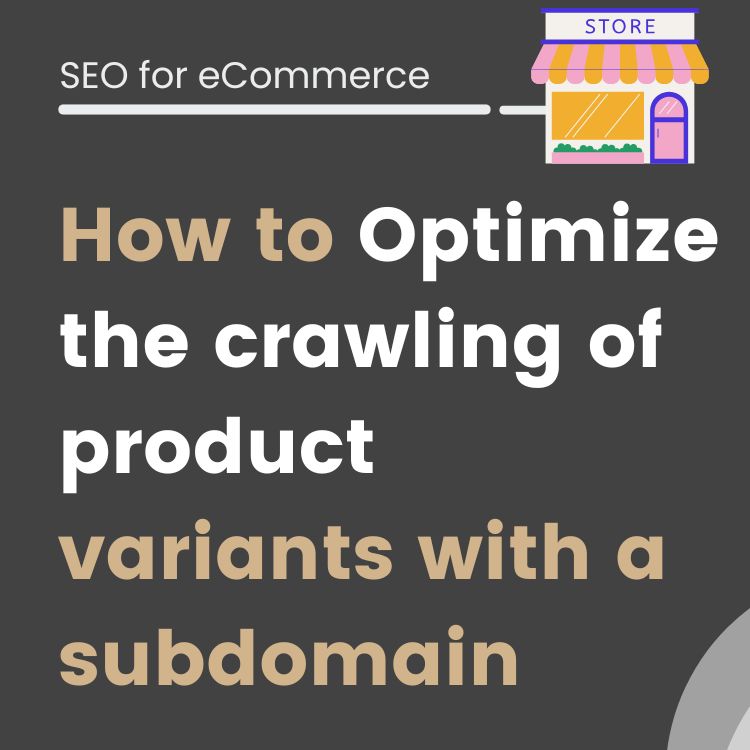It’s quite fascinating how Google’s AI-generated summaries are reshaping the digital landscape.
Imagine this: they now pop up in about 13% of Google searches. In sectors like healthcare and finance, these AI Overviews are remarkably present 38% of the time. Recent findings do suggest that these machine-curated snippets tend to favor sites already basking in search result glory.
A thrilling race is emerging, where the champions are those who balance technical finesse, layered content, and, naturally, that hard-to-define real-world credibility.
The Google AI overview landscape unveiled

AI Overviews are giving the search engine results pages (SERPs) quite the makeover.
Starting as an experimental hiccup, they’ve swiftly become a core charm in under two years. These summaries, crafted by machines, are now found in 13% of all Google searches. Yet, not all topics are carved equally; the distribution by subject is notably uneven.
Peeking behind their operations and understanding their triggering criteria is where the magic for optimization truly begins, such as mastering the art of Featured Snippet on Google to win the desired 0 position.
How does AI affect SEO?
Google’s AI overviews are altering users’ search behavior, and early data on click-through rates (CTRs) are impossible to ignore. We are seeing a significant change: top-ranked pages are experiencing a noticeable drop in clicks when an AI overview dominates the SERP.
A study by Ahrefs highlights a marked 34.5% drop in CTR for organic listings in the presence of these AI-generated overviews, a particularly pronounced trend for informational queries that AI often solves directly.
This shift makes relevance and user intent more important than keyword stuffing.
Satisfying user intent helps improve visibility in AI systems such as Google’s Search Generative Experience (SGE).
The ascent of ai-driven search
With Google’s clever neural matching algorithms and passage ranking mechanisms, AI Overviews are sketched, blending information from diverse wells.
A curious fact: a whopping 52% of these citations prioritize those domains already riding high in the top 10 organic positions. Could this be seen as a barrier for newcomers?
Perhaps. Early-bird optimizations thus become paramount for surviving in this ever-evolving digital arena.
Not only for Googel AI overviews, but also for positioning in ChatGPT and other language models leveraging LLMO.
Stirring the pot: industry-specific ai overview triggers
Relationships and discussions seem to charm these Overviews, with a striking appearance in 60% of these queries.
Interestingly, in the fashion world, their presence dwindles below 2%. When you glance at sectors like healthcare and finance, AI does its dance in 38% of questions.
This likely tips the scale towards the value placed on authoritative informational content in serious YMYL (Your Money Your Life) concerns.
Pillars of ai overview visibility: what matters?

The quest for ai recognition
In today’s fast-paced digital conductor’s world, blending the essence of SEO basics with AI-centric techniques is not just wise; it’s essential. The technical notes include:
- Semantic HTML architecture: Correct headings and schema markups bolster AI citations by 22%
- Mobile-first indexing compliance: Critical since 89% of Overview engagements happen on mobile
- Core Web Vitals optimization: Can catapult participation rates by 3 times
Efficiency in crawling is a make-or-break factor.
AI engines ditch pages that lag over 5 seconds to load, proving 40% nimbler than classic crawlers. Google’s AI detectives are deeply intolerant of sloppy techniques. Ever notice how JavaScript-heavy pages suffer a whopping 67% truncation rate?
Clean HTML, meanwhile, speeds parsing by a swift 41%. Ensure text-to-code ratios soar above 25% and slash those pesky render-blocking elements for smoother AI interfacing.
Richness in content and semantic layering

AI projects a sharp focus on contextual richness over simplistic keyword cramming.
Pages sprinkling breadcrumbs across 3-5 related subtopics bask in 73% more citations compared to their one-track-minded peers. To illustrate, a cybersecurity guide that unravels prevention tactics, emergency responses, and compliance issues outshines singular articles with a stellar 2:1 edge.
Crafting ai-attracted content: the secret sauce
AI-centric content should exhibit these four standout traits:
- Time-sensitive relevance: COVID-19 pages updated daily attract 4.2x more mentions than static pages
- Multimedia flair: Pages encoded with schema-video art capture 40% better inclusion
- Comparison wizardry: Battle-ground product assessments generate 2.8x extra citations
- Original insights: Self-sourced datasets anchor 29% of technical Overview feedbacks
The art of strategic content engineering

To march past plain optimization, both information architecture design and signals of authority must be plotted meticulously. Success stories mirror the fluidity and depth found in featured snippets, while weaving in sophisticated E-E-A-T elements.
Creating content that woos ai
Pages that occupy the zenith craft a mosaic of concept clustering, delving into those hidden semantic ties. Consider a travel guide narrating the “best Patagonia hiking paths”:
- Timely gear suggestions
- Permit procurement timelines
- Local wildlife advisory
This method appeases AI’s penchant for addressing multifaceted intents, hiking citation chances by 31%over narrow-focused content.
The best way to create this content quickly and efficiently is Vuela.ai. This video and text generator allows your content to be optimized to feed AI overviews.
Boosting e-e-a-t signals
Google’s AI scrutiny not only skims through content; it also validates it against authentic world markers:
| Signal Type | Impact |
|---|---|
| Scholarly references | 38% ↑ in technical mentions |
| Professional validations | 53% ↑ in health inclusions |
| Geotagged case studies | 67% ↑ in local citations |
Infusing content with.gov references and peer-reviewed research significantly amplifies those authority signals.
Technical backbone for ai optimization

The latest in technical configurations distinguishes the avant-garde from the laggards. Nurturing machine-readable data formats and assigning a premium to crawl prioritization equates to maximizing AI visibility.
Advanced schema markups: laying the path
Implementing structured data is not just a buzzword; it translates into tangible gains for AI mentions:
- FAQPage schema: Elevates citations by 28%
- Product markup with GTIN: Boosts shopping Overview presence by 39%
- Dataset schema: Drives a 41% increment for research topics
Websites weaving in three or more schema types revel in 73% greater visibility versus single-schema pages.
Protocols for crawler accessibility
AI bots march to their distinct beat, wielding specialized user agents and timeout hurdles, making technical tweaks indispensable:
- Dynamic rendering: Slashes JS timeout hitches by 44%
- Content positioning: Vital content within the first 1,500 characters can prevent a hefty 68% trim rate
- Crawl budget optimization: AI bots whisk through pages 3x faster than regular search spiders
Metrics and insights in performance evaluation

Stepping into the age of AI search demands a shift to novel performance yardsticks and unconventional tracking approaches. The old-school CTR metrics are now observed alongside AI-centric engagement signs.
Decoding ai overview traffic trends
Organic chart-toppers in position 1 witness 34.5% CTR wanes due to Overviews, yet embedded links rake in 22% heightened engagement. Those navigating through AI summaries often view 3.2x more pages per journey, indicating a rich tapestry of high-intent visitors. Remarkably, affiliate platforms note a 27% revenue ascension per visitor from Overview referrals in spite of initial traffic dips.
Optimizing: a toolkit just for ai
New-age tools are popping up to cater to AI’s unique tracking demands:
- BrightEdge Generative Parser: Monitors real-time Overview use across a whopping 120M+ keywords
- Andisearch Visibility Index: Rates content based on potential for AI absorption
- DeepCrawl AI Audits: Pinpoints technical stumbling blocks to machine readability
Future-proofing ai overview tactics

Safeguarding visibility means being ahead of the game regarding AI Modality expansions and cultivating cross-platform authority. Smart entities don’t just react; they weave proactive optimization into their very fabric.
The horizon of ai search: what’s next?
Hold onto your hats for Google’s 2025 unveilings, introducing three transformative wonders:
- Multi-query resolution: Juggles 8-12 questions effortlessly at once
- Conversational savvy: Pages honing “what’s next” see retention leap by 39%
- Predictive foresight: Machine learning models anticipate new queries a cool 6-9 months before they trend
Building cross-platform credibility
AI algorithms now traverse data far beyond conventional web indices:
- YouTube chapter tags: Claims a 53% citation upswing for educational video content
- Google Business Profile acclamation: Enhances local answer visibility by 61%
- Academic storehouse affiliations: Wields a 38% impact on technical feedback
Staying on the competitive edge necessitates an ecosystem-tuned approach that brings together web content, platform tailoring, and brick-and-mortar credibility markers. Such an all-encompassing strategy secures presence across the diverse AI search landscape of the present and the future.
If you are looking for help to get the most out of this scenario do not hesitate to consult our AI SEO service.
Sources
- https://search.google/ways-to-search/ai-overviews
- https://www.brightedge.com/ai-overviews
- https://searchengineland.com/ai-optimization-how-to-optimize-your-content-for-ai-search-and-agents-451287
- https://www.seo.com/ai/ai-overviews
- https://www.webfx.com/blog/marketing/ai-ranking-factors
- https://www.botify.com/insight/what-are-google-ai-overviews
- https://surferseo.com/blog/ai-overviews-study
- https://developers.google.com/search/docs/appearance/ai-overviews
- https://developers.google.com/search/docs/appearance/ranking-systems-guide
- https://www.webfx.com/blog/seo/how-to-rank-in-sge
- https://surferseo.com/blog/how-to-rank-in-ai-overviews
- https://ahrefs.com/blog/ai-overviews-reduce-clicks
- https://seranking.com/blog/ai-overviews-us-states-comparison-research
- https://backlinko.com/ai-overviews
- https://blog.google/products/search/ai-mode-search
- https://www.searchenginejournal.com/study-google-ai-overviews-appear-in-47-of-search-results/535096
- https://www.semrush.com/blog/semrush-ai-overviews-study
Alvaro Peña de Luna
Co-CEO and Head of SEO at iSocialWeb, an agency specializing in SEO, SEM and CRO that manages more than +350M organic visits per year and with a 100% decentralized infrastructure.
In addition to the company Virality Media, a company with its own projects with more than 150 million active monthly visits spread across different sectors and industries.
Systems Engineer by training and SEO by vocation. Tireless learner, fan of AI and dreamer of prompts.


